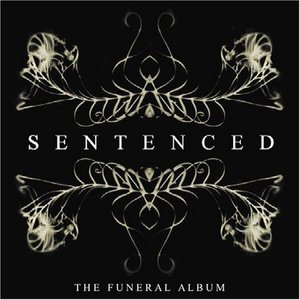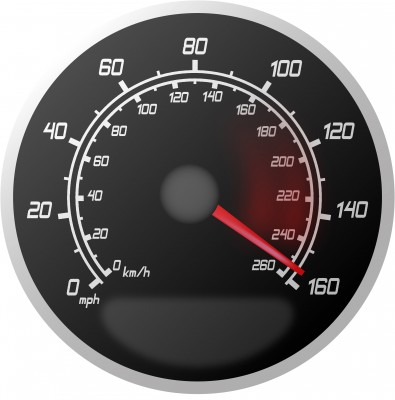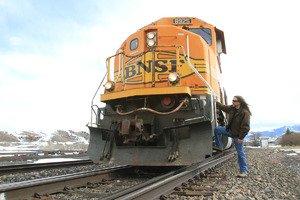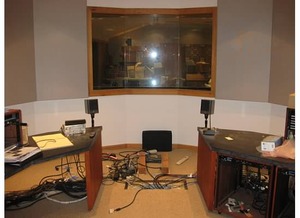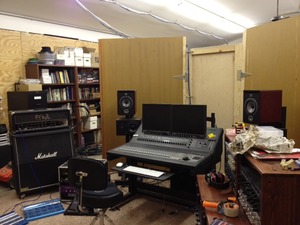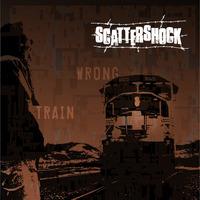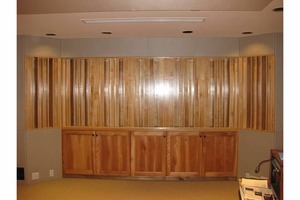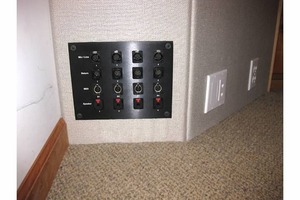Disappointments
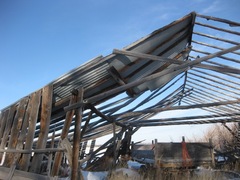 It's been a rough few weeks following our return from Scandinavia. Although there's the obvious struggle to find a post-vacation groove, that hasn't been the real issue. My mood in September has been dominated by a couple of unexpected shifts that began almost immediately upon our return to the States.
It's been a rough few weeks following our return from Scandinavia. Although there's the obvious struggle to find a post-vacation groove, that hasn't been the real issue. My mood in September has been dominated by a couple of unexpected shifts that began almost immediately upon our return to the States.
This summer we spent a lot of our time and energy interviewing potential business consultants for the Music Tech Center ("MTC") business plan. Once we selected an individual, then our time was spent scoping our request and describing our vision of the project to the consultant. The analysis we requested had two very concise constraints, 1) leverage the commercial building that we already own in Bozeman and 2) make sure that I can personally be involved in day-to-day musical activities once the facility is up and running. The first requirement stems from having invested years of architectural effort into our building and having negotiated a very carefully structured agreement with the City of Bozeman. It also reflects the unusual circumstances that allow us to own the building for a monthly outlay comparable to renting a space 1/5 the size. The second requirement, in many ways, is even more fundamental. If the MTC doesn't develop into an outlet for my musical interests and a rallying point for my own collaboration, then it fundamentally makes no sense. In that case, it fails to satisfy my own needs, and we cannot justify moving forwards.
Well, a couple of days after we returned from Scandinavia, we received the final, 87-page business report. Given its length, and my own scrambling for time, I started by reading the summary section. I was immediately struck by how far the vision had drifted away from our constraints. We had received a "Yes, proceed" recommendation but the proposed project was based on looking elsewhere in Bozeman for a small rental property. The document also neglected to consider the construction costs necessary in a rented space to tame the acoustics enough for any form of musical activity. In essence, the business plan chose to veer off course from the get go and then justified its alternative path. In doing so, the consultant invested most of his time (and our money) in the wrong project. Worse yet, much of the data the consultant collected (reflecting feedback from local music promoters, musicians and recording engineers) was incredibly negative, delivering the clear message that Bozeman really doesn't need anything like what we've proposed.
A sense of gloom and disappointment settled over me and it really hasn't lifted yet. Mind you, I'm glad to have this information before proceeding with an expensive remodel but somehow I can't shake the feeling that the picture painted by the report is on the wrong canvas. We've been scrambling to gather more information and to make better sense of the situation. In light of construction scheduling and fairness to all the parties that have helped us prepare for the remodel, the only option we've been able to settle on is postponing the project for 6 months. Of course, there's a very significant chance that during the 6-month delay we will conclude that we cannot (or at least should not) proceed with the project. We'll leave the door open, just in case things align over that 6-month period and in that case we will proceed with the project.
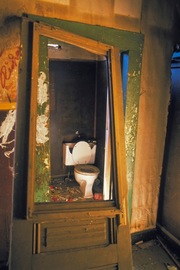 Although I had every reason to anticipate some amount of disappointment related to the MTC planning, the more recent disappointment hit me out of the blue. On Friday, September 14th, the day before my last radio show of the Summer schedule, I received a voicemail from the music director at KGLT. At the time I was sitting with my daughter in her piano lesson and felt it would be too disruptive to take the call. Kiley had a good lesson and only once we'd said goodbye to her teacher did I feel it made sense to screen my voicemail.
Although I had every reason to anticipate some amount of disappointment related to the MTC planning, the more recent disappointment hit me out of the blue. On Friday, September 14th, the day before my last radio show of the Summer schedule, I received a voicemail from the music director at KGLT. At the time I was sitting with my daughter in her piano lesson and felt it would be too disruptive to take the call. Kiley had a good lesson and only once we'd said goodbye to her teacher did I feel it made sense to screen my voicemail.
There was only one message and it only took a few words before I knew it was not a good one. I quickly realized it was a message from KGLT's music director; usually that means the new schedule is out and he's letting us know about our time slot for the semester. The tone of his voice, however, suggested this wasn't routine; there were issues related to musical style and scheduling that meant I was being pushed out of my Saturday 9-midnight radio show. Worse yet, instead of being given another time slot, it was suggested that I squeeze into an already full Friday 9-midnight slot, meaning that I'd end up doing a show once a month. Being a father, a musician and a software engineer keeps me pretty busy, but more importantly it takes a great deal of my focus. The few times I've only done my show once a month have been very difficult because I lose my rhythm and spend half the show trying to get back in gear. I was also unhappy about cutting into my good friend, Adam Kish's biweekly radio time. On top of that, I was frustrated that I'd been putting so much time and effort into Loud Rock Director responsibilities, only now I wouldn't actually be able to play any of the new material while it's still fresh.
The KGLT change also hit particularly hard because of my musical struggles here in Bozeman. I've had a terrible time finding anyone to play with or collaborate with. At this point, all it'd take is someone interested in heavy music (metal, alternative, punk,…) but my attempts to post ads and respond to them have failed miserably. Similarly, to see a reasonable variety of heavy concerts, we've had to accept the fact that travel is a requirement. The 2-hour drive to Billings is the shortest path, and has led to shows by Halestorm and Korpiklaani. You also know about the trips to Canada for Iron Maiden and Sweden for Amaranthe. This coming weekend we'll take a road trip to Salt Lake City so that we can catch the Nightwish and Kamelot tour. Given the struggle to make Bozeman my musical home, the radio show at KGLT had been the one bright, shining star of hope here in town. It put me in contact with people that love music, including at least a few that enjoy the heavier varieties. It also kept me wrapped up in new music and the excitement that goes with it.
Over the course of roughly 2 weeks, two key components of my musical hope for Bozeman collapsed. I've picked up a few pieces (I've got two substitute DJ spots lined up, October 12th and November 9th). But that won't take care of the whole problem. I've gotten a great deal of support and positive feedback from friends around the world. Their support has included a common theme, that when one (or more) paths become eroded or blocked, find a new path. I am doing my best to live up to that advice. This quarter I'm taking two songwriting-related classes at Berklee online ("Melody" and "Harmony"), and I'm excited about the effect those classes will have on my creative efforts. I've also set a rough target of next Spring for the first round of demos for my next album. No clue whether it'll be recorded in Berkeley, Los Angeles, Sweden or Finland, but at least I've got a path I can head down. Onwards, bit by bit...
 1 Comment → Posted on
1 Comment → Posted on  Monday, September 24, 2012 at 9:16PM
Monday, September 24, 2012 at 9:16PM  KGLT,
KGLT,  Music Tech Center,
Music Tech Center,  disappointment,
disappointment,  life change,
life change,  plans change | in
plans change | in  About,
About,  Music Tech Center,
Music Tech Center,  Radio
Radio 